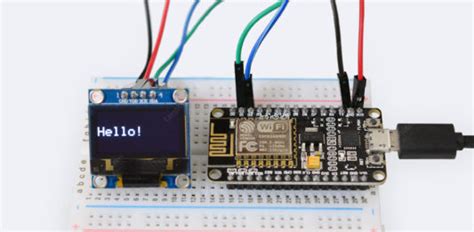The growing trend of DIY projects embracing microcontrollers like ESP8266 and ESPHome not only illustrates the burgeoning potential of homegrown tech innovations but also the engaging community of enthusiastic builders. Today, hobbyists, tinkerers, and even casual tech enthusiasts can heavily personalize their living spaces and gadgets. Platforms such as ESPHome empower users to program devices with relative ease, thereby increasing the device’s functionality and interconnectivity. The ability to manipulate and integrate technology according to specific needs paves the way for customized automation enhancing everyday convenience.
A particularly notable project within this realm is the innovative use of ESPHome to craft an e-Ink newspaper powered by GPT. This project highlights how seemingly outdated technologies, like e-Ink displays, can be revitalized through smart integrations. Pairing an ESP32 with a GPT model for content generation, users can enjoy updated news feeds in a visually comfortable format that mimics traditional newspapers. The choice of hardware not only conserves energy but also leverages the ESP’s capabilities to process and display rich text and graphics efficiently, representing a fusion of old and new tech in a user-friendly product.
Indeed, the scope of applications for ESPHome and similar microcontrollers extends into quintessential home automation. For example, controlling garage doors, gate operations, or various appliances through customized setups has become increasingly popular. By installing ESPHome on smart plugs, enthusiasts can manage and monitor these appliances remotely, adding a layer of convenience and security to their homes. Such implementations reflect the practical utility of ESP platforms, providing users with control at their fingertips while also ensuring ease of setup and reliability.
Moreover, environmental awareness and health considerations are prompting innovators to use these technologies for critical monitoring. Consider the construction of a CO2 sensor system designed to maintain optimal air quality. This setup, which employs a sensor like the Sensirion SCD30, automatically activates a fan when CO2 levels exceed safe thresholds, is a testament to practical engineering using ESP chips. This type of application not only enhances personal health and comfort but also underscores the ESP’s utility in addressing environmental concerns inside homes and workplaces.
From the niche to the everyday, the flexibility of ESP-based systems invites a plethora of practical and quirky innovations. Some hobbyists, for instance, have ventured into slightly more whimsical territories, like building a smart standing desk or integrating automation in household décor for user interaction. These examples demonstrate the playful side of technological integration, where personal spaces are turned into interactive zones that respond to user commands — all managed through simple, yet powerful, microcontrollers.
Finally, community engagement and collaboration contribute significantly to the advancement and broad application of these technologies. Open-source projects and communal sharing of knowledge and tools have been instrumental in accelerating developments in this space. By sharing code, providing feedback, and even showcasing failures as lessons, the community around ESPHome and ESP8266 is continuously fostering innovation and facilitating problem-solving, ensuring that the DIY spirit is not just preserved but thrived upon in the digital era.


Leave a Reply